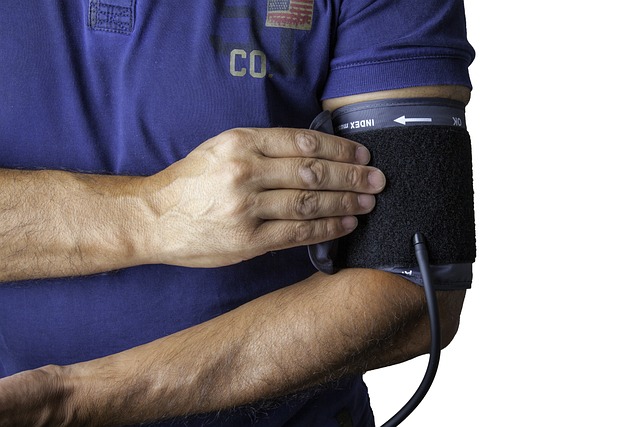Cardiac Stress What Patients Should Know
A cardiac stress test is a medical exam used to assess how the heart performs under increased workload. It helps doctors detect reduced blood flow to the heart, heart rhythm problems, or abnormal responses to exercise or medication. For many patients, the stress test provides information that complements other medical data such as imaging, electrocardiograms, and clinical history, guiding diagnosis and treatment decisions.

Heart: What a stress test evaluates
A cardiac stress test evaluates the heart’s ability to handle physical or pharmacologic stress. During exercise or with medication that simulates exercise, the heart’s rate, rhythm, blood pressure, and electrical patterns are monitored. The test can reveal areas of the heart receiving insufficient blood flow (ischemia), exercise-induced arrhythmias, or abnormal blood pressure responses. Results are interpreted alongside imaging (when used) and patient symptoms to help determine whether further testing, lifestyle changes, or treatments are appropriate.
Doctor: How clinicians interpret results
Doctors combine stress test data with clinical context—symptoms, past medical history, and other test results—to form an assessment. An abnormal electrocardiogram change, low exercise tolerance, or concerning blood pressure response may prompt additional testing such as coronary imaging or referral to a cardiologist. Interpretation relies on pre-test probability of coronary disease, medication effects, and baseline ECG abnormalities. Clear communication between patient and doctor about medications, prior diagnoses, and exercise capacity helps improve the accuracy of interpretation.
Medical: Types and preparation for the test
There are several medical types of stress tests: exercise treadmill or bicycle tests, stress echocardiography, and nuclear myocardial perfusion imaging. When patients cannot exercise, pharmacologic agents such as dobutamine or vasodilators are used to increase heart workload. Preparation commonly includes avoiding caffeine and certain medications, wearing comfortable clothes and shoes, and bringing a list of current drugs. Specific instructions vary by facility, so patients should follow the hospital or clinic guidance closely to ensure valid results.
Hospital: Where tests are performed and safety
Stress tests are commonly performed in outpatient hospital clinics, cardiology centers, or medical laboratories affiliated with a hospital. Facilities offering these services typically have monitoring equipment, trained staff, and emergency protocols in case an adverse event occurs. Although complications are uncommon, risks include chest pain, short-lived arrhythmias, or, rarely, more serious cardiac events; therefore, staff readiness is important. Ask about local services and the facility’s experience with stress testing when scheduling to ensure appropriate supervision and safety.
Patient: Experience, risks, and follow-up
From a patient perspective, an exercise stress test involves walking on a treadmill or pedaling a stationary bike while monitored; imaging tests add brief scanning steps before or after exercise. Discomfort may include shortness of breath, fatigue, or chest pressure, which should be reported immediately to staff. Risks are generally low but present, especially for those with unstable cardiac conditions. After the test, doctors discuss results and next steps—this may include medication adjustments, further testing, or lifestyle interventions tailored to the patient’s overall risk profile.
This article is for informational purposes only and should not be considered medical advice. Please consult a qualified healthcare professional for personalized guidance and treatment.
A clear follow-up plan after a stress test helps translate results into care. Normal results often lead to reassurance and reinforcement of preventive measures such as exercise and risk factor control. Abnormal findings can prompt additional diagnostic tests, medication changes, or procedural options based on objective data and shared decision-making between the doctor and patient. Keeping a record of symptoms, medications, and prior cardiac tests supports ongoing conversations with your medical team and helps guide appropriate next steps.
In summary, a cardiac stress test is a diagnostic tool that assesses heart performance under stress, informs clinical decision-making, and can guide further testing or treatment. Understanding the types of tests, preparation needs, and what to expect during and after the procedure helps patients participate actively in their care and discuss results effectively with their healthcare providers.






